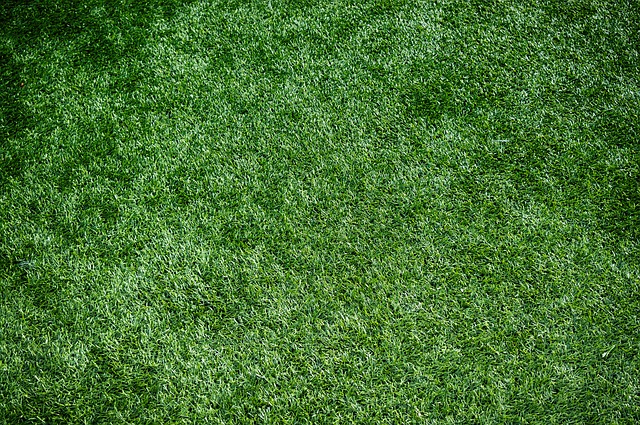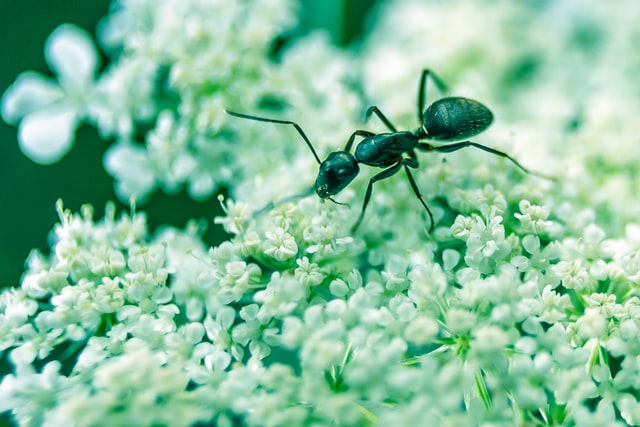This excerpt has been extracted from “Reimagining The California Lawn Water-Conserving Plants, Practices, and Designs” by “Carol Bornstein, David Fross, Bart O’Brien”. Why not Artificial turf, as it limits life, periodic cleaning requirements, petroleum use, toxic chemicals from infill. “Tree Trimming Oakland CA” renders its services on this.
The case against artificial turf
Artificial, or synthetic, turf has been around for many years. Developed for athletic playing fields as a low- maintenance alternative to natural turf, it is occasionally touted for residential sites for similar reasons. Although a lawn of synthetic turf requires no mowing or fertilizer, and only infrequent applications of water for cleansing, this material is hardly supportable from an environmental standpoint. Consider these facts:

- It is made from polyethylene, the most widely used from of plastic. This is an oil- based product; its use contributes to depletion of the shrinking supply of fossil fuels.
- It is not biodegradable; although it can be recycled, energy is necessary to convert it is something else.
- Installation costs are high, ranging from $ 8 to $ 15 per square foot. Estimates of its lifespan range from 8 to 20 years.
- Synthetic turf does not sequester atmospheric carbon, but a low- maintenance greensward will perform this pollution- reducing service.
- It provides absolutely no wildlife habitat value.
- Leaves and other organic debris that accumulate on the surface will not be able to infiltrate the ground below as they break down, preventing an opportunity for natural nutrient recycling. Instead, property owners will likely keep their artificial turf clean by hosing it off or using a blower.
- Artificial lawns can harbor harmful bacteria (due to fecal matter from pets, etc.) and they also collect pollutant particles, soil, dust, and other inorganic debris.
- The impermeability of synthetic turf excludes any groundwater recharge and can even contribute to erosion on the property if runoff from major rain events is not taken into account during installation.
- Under high temperatures, the petroleum products used in manufacturing artificial turf can begin to off- gas as toxic substances, adding to air pollution and creating respiratory problems for people and pets.
- Artificial turf gets incredibly hot in the sun and compounds the urban heat island effect. Real lawns are up to 50% cooler by comparison. On an

800 F day, synthetic turf can easily get up to or exceed 1300 F.
- Older formulations of artificial turf often contain lead, and as these products break down, they may release unhealthful levels of lead dust.
Continue reading on Hardscapes

